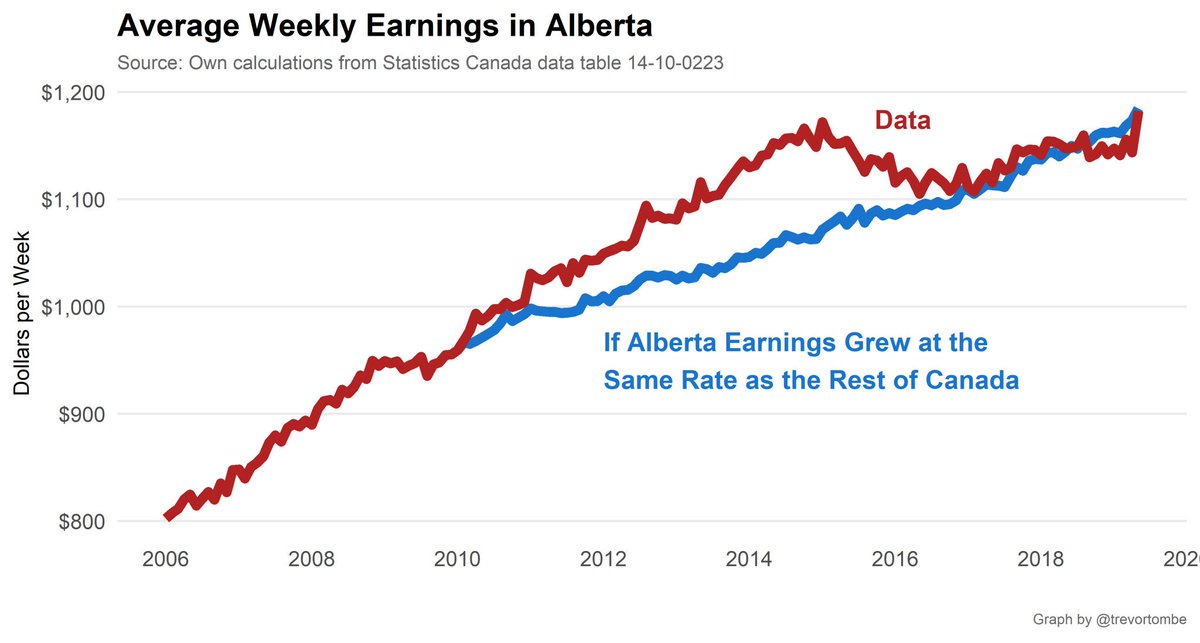heightjunkie
Active Member
While I don't disagree that there still is some leftover "boom-juice" driving our population growth, I agree with some of the other posters that draw from international migration and urbanization trends. It doesn't seem like positive job growth is the central factor to this region's population growth anymore, rather it has become one of a group of 3-5 factors including affordability and quality of life that have continued to drive our region's strong growth relative to peers. Those factors recently seem to be improving too: housing price is going down right now in Alberta, quality of life seems to still be tops in Alberta, international migration is still publicly accepted by and large here (unlike Quebec or even parts of Ontario), and our spirits seem to be relatively high.Calgary is still riding boomtown demographics. The large number of 20 and 30 somethings who arrived during the boom are having kids. I suspect population growth will slow dramatically if the downturn continues.
Regarding economic growth, our economy is continuing to decouple (albeit slowly) from the O & G sector. A lot of people are acting like o & G are a thing of the past too- and sure, peak oil prices are likely not going to be seen again. But there are geopolitical influences that could change that scenario pretty rapidly: I would never like to see it, but a global proxy war staked primarily between SA and Iran would have a dramatic effect on global oil prices, and we could see a renewed waive of private investment in the oilsands. The key here will be actually learning from our mistakes the last few boom cycles and using that money properly instead of squandering it. That is definitely a hurdle. Creating new industries around well reclamation, extraction of elements like lithium from oil field brines, and geothermal energy are critical to reusing existing expertise and training while pivoting for the new economic reality.








